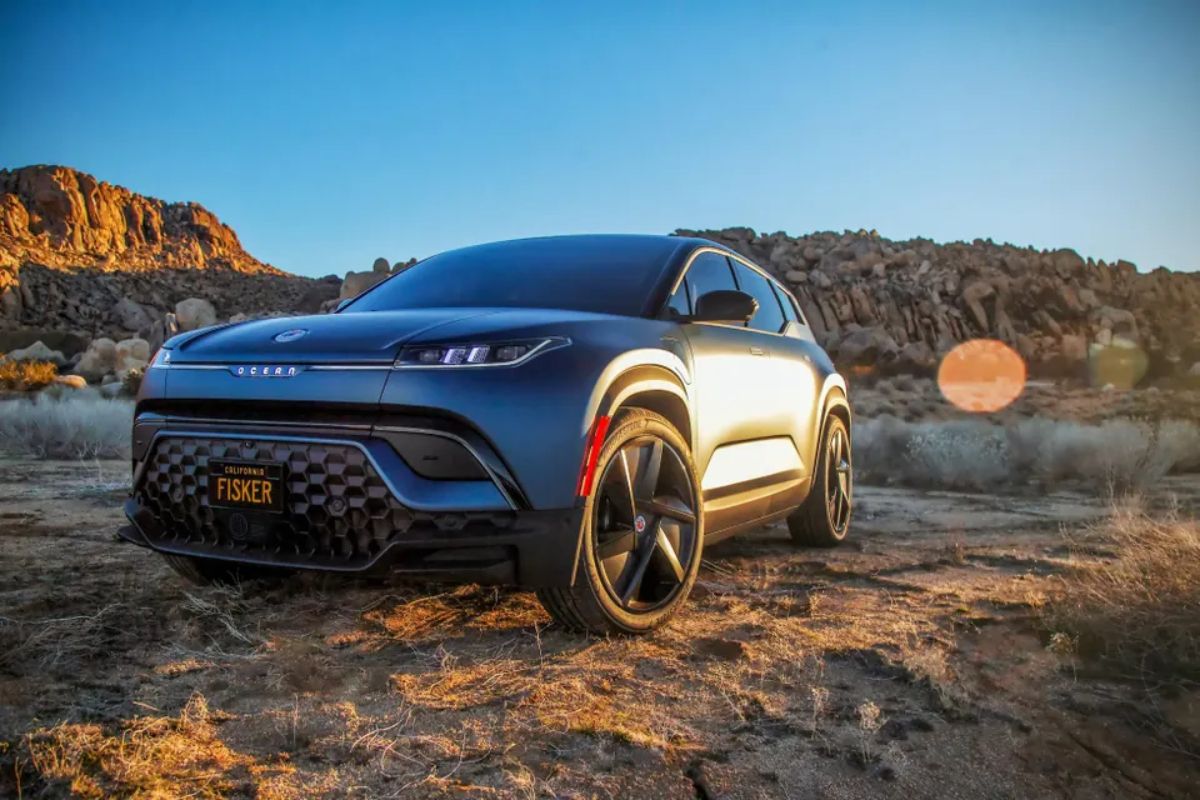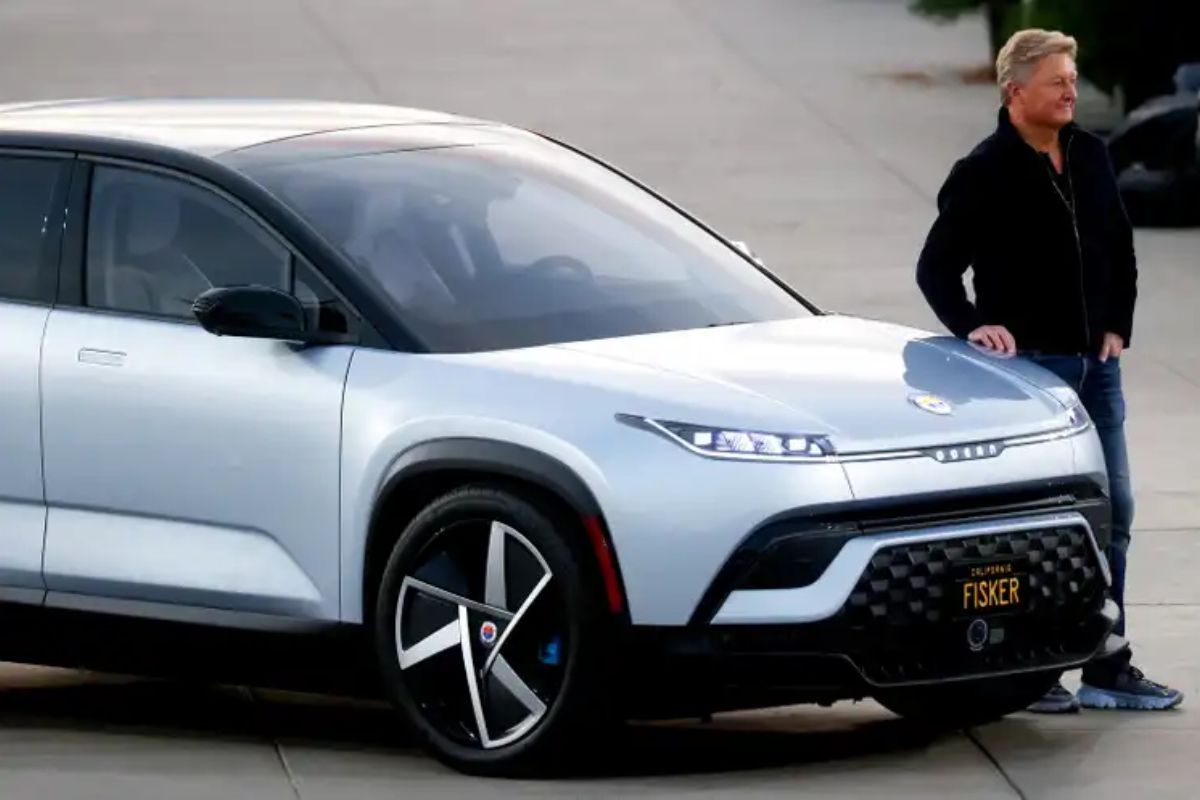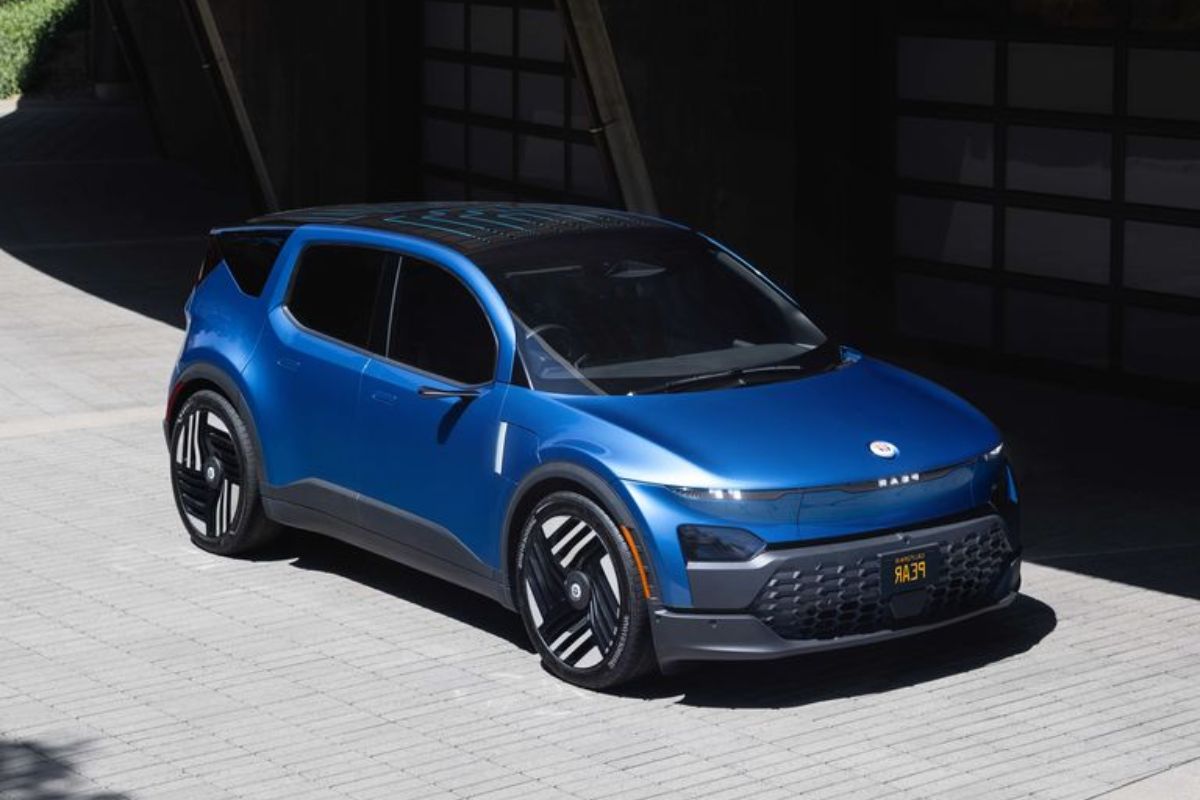Fisker’s Shocking NYSE: Fisker’s recent NYSE non-compliance notice has sent shockwaves through the EV community, raising concerns about the company’s future. With delivery issues, production challenges, and regulatory scrutiny looming, Fisker finds itself at a critical juncture.
The question on everyone’s mind now is: what steps will Fisker take to navigate these turbulent waters and regain investor trust? As the EV startup faces mounting pressure, the next moves it makes could determine whether it sinks or swims in the competitive electric vehicle market.
Key Takeaways
- Immediate need to boost stock performance to meet NYSE compliance.
- Address delivery and production challenges swiftly for brand credibility.
- Prioritize regulatory compliance and safety to retain market trust.
- Implement financial and operational strategies for long-term stability.
Fisker Faces NYSE Non-Compliance Notice
Despite its promising start in the electric vehicle industry, Fisker finds itself grappling with a NYSE non-compliance notice due to its stock’s persistent underperformance. The company’s shares have struggled to maintain a price above $1 for 30 consecutive trading days, triggering concerns about potential delisting from the New York Stock Exchange. This development raises questions about Fisker’s ability to sustain its market position and investor confidence in the competitive EV landscape.
The NYSE non-compliance notice serves as a stark reminder of the challenges facing Fisker as it strives to establish itself as a key player in the electric vehicle market. While the six-month grace period offers a window of opportunity for the company to rectify the situation, the underlying issues driving the stock’s underperformance must be addressed effectively. Investors and industry observers will be closely monitoring Fisker’s response to this regulatory setback, as it could impact the company’s long-term viability and strategic direction in the evolving EV market.
Also Read: Fisker Faces Accounting Turmoil: Chief Accounting Officer Resigns Weeks After Appointment
Delivery Struggles Haunt Fisker
The persistent challenges surrounding delivery operations have become a looming specter haunting Fisker’s endeavors in the electric vehicle market. Despite producing over 10,000 vehicles in 2023, the company’s delivery performance fell significantly short, with only about 4,700 units reaching customers. This shortfall not only reflects operational inefficiencies but also raises concerns about customer satisfaction and brand reputation.
Fisker’s attempts to overcome these delivery hurdles through an expansion of its dealership network and direct-to-customer distribution model indicate a recognition of the urgent need for improvement. However, the struggles with timely deliveries exacerbate the already complex web of obstacles faced by the California-based EV manufacturer.
In an industry where speed to market and customer experience are paramount, Fisker’s delivery woes could prove detrimental to its long-term success and competitiveness. Addressing these issues swiftly and effectively is crucial for Fisker to regain momentum and establish itself as a formidable player in the EV landscape.
Fisker’s Production Shortfall in 2023
Fisker’s failure to meet its production targets in 2023 has cast a shadow over its ability to satisfy the growing market demand for its c. This production shortfall not only reflects poorly on the company’s planning and execution but also raises concerns about its future prospects in the competitive electric vehicle market.
Key Points:
- Overpromising, Underdelivering: Fisker’s ambitious forecasts far exceeded its actual production output in 2023, signaling a disconnect between expectations and reality.
- Market Demand vs. Production Capacity: The gap between the demand for Fisker’s electric SUVs, especially the Ocean model, and its limited production capacity highlights a critical operational challenge.
- Credibility and Reliability Concerns: Consistently falling short of production targets can erode consumer trust, investor confidence, and overall brand credibility, jeopardizing Fisker’s position in the EV market.
Fisker must urgently address its production issues to regain trust, meet market demands, and secure its standing in the increasingly competitive electric vehicle landscape.
Fisker Faces Regulatory Scrutiny: NHTSA Preliminary Probe
Amid growing concerns over safety and performance issues, Fisker finds itself under the regulatory microscope with the initiation of a preliminary probe by the U.S. National Highway Traffic Safety Administration (NHTSA). The NHTSA probe, triggered by claims of unintended vehicle movement in around 4,000 Ocean SUVs, poses a significant challenge for the electric vehicle (EV) startup. This regulatory scrutiny not only raises questions about the safety of Fisker’s vehicles but also threatens to tarnish its reputation in the competitive EV market.
For Fisker, navigating through this investigation will be crucial as it could impact investor confidence and consumer trust. The outcome of the NHTSA probe will likely shape the company’s future trajectory and determine how it addresses potential safety concerns. With the EV industry already facing intense scrutiny over quality and safety standards, Fisker must demonstrate transparency and a commitment to addressing any issues that may arise from this regulatory investigation.
Facing a perfect storm of financial turbulence, production setbacks, and regulatory challenges, Fisker stands at a critical crossroads in its journey towards establishing a foothold in the competitive electric vehicle market. To navigate these troubled waters and steer towards success, Fisker must undertake the following strategic measures:
- Financial Restructuring: Fisker needs to implement a robust financial restructuring plan to regain investor confidence, stabilize its stock value, and ensure long-term sustainability.
- Operational Efficiency Enhancement: Addressing production setbacks by streamlining manufacturing processes, optimizing supply chains, and enhancing quality control measures will be imperative for Fisker’s success.
- Regulatory Compliance Focus: Proactively engaging with regulatory bodies, addressing compliance issues, and prioritizing consumer safety will not only mitigate risks but also enhance Fisker’s reputation in the market.
Conclusion Of Fisker’s Shocking NYSE
Fisker’s recent NYSE non-compliance notice is just the tip of the iceberg for the struggling EV startup. With delivery delays, production shortcomings, and regulatory scrutiny looming, Fisker’s future looks uncertain.
The company must navigate these troubled waters carefully to regain investor confidence and avoid further setbacks. Time will tell if Fisker can overcome these challenges and establish itself as a key player in the competitive EV market.
Our Reader’s Queries
Q1 What happened to Fisker cars?
A In 2012, production came to a halt following the bankruptcy of battery supplier A123 Systems, with around 2,000 vehicles sold globally. Wanxiang Group acquired Fisker Automotive’s assets in 2014, rebranding the company as Karma Automotive.
Q2 Is Fisker a Chinese company?
A Established in 2007, Fisker Automotive was an American company renowned for introducing the Fisker Karma, a pioneer among the world’s initial luxury plug-in hybrid electric vehicles.




